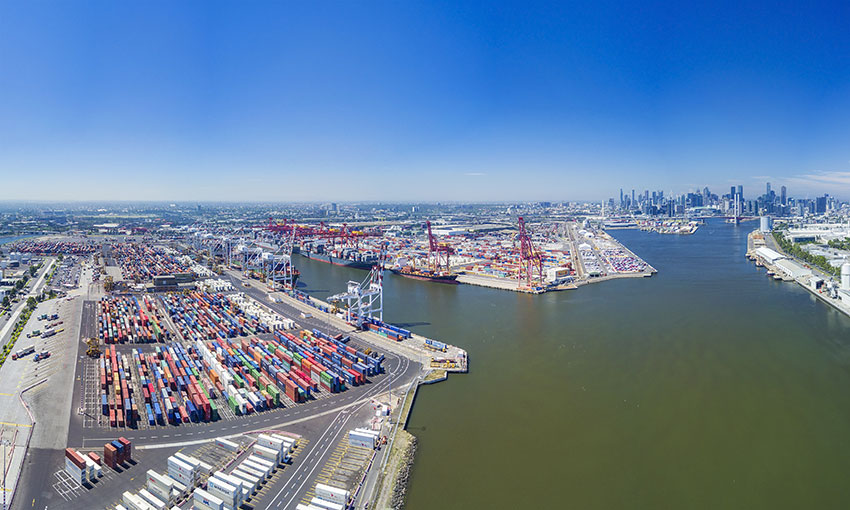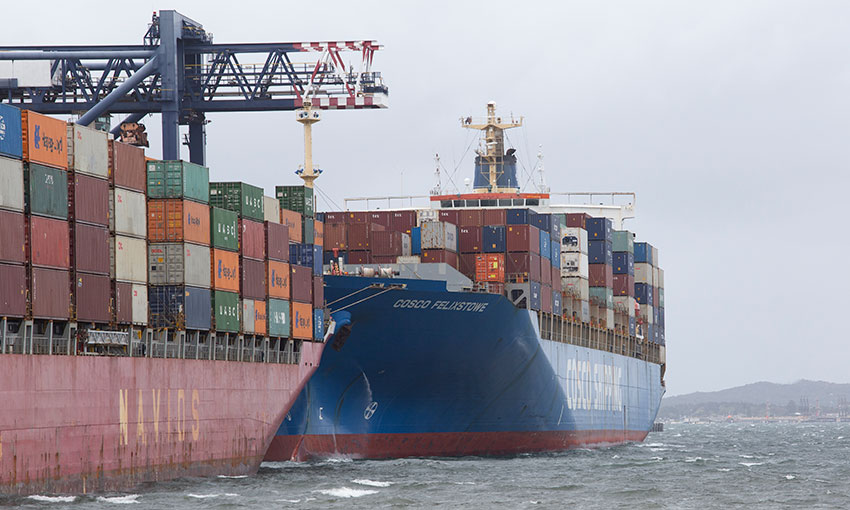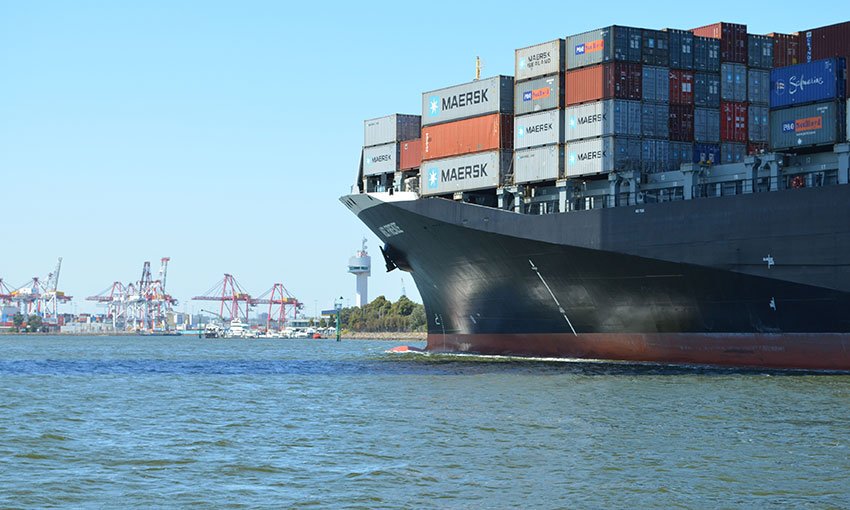THE Port of Melbourne’s Container Logistics Supply Chain Study shows significant changes in the way freight moves through the port.
The report lays out the trends in the location of imports and exports, growth areas and to inform transport planning, land use planning and community amenity considerations.
Brendan Bourke, CEO of Port of Melbourne said of the study is a significant investment by Port of Melbourne.
“We committed to the project because we recognise the need to provide an up to date picture on container movements along the supply chain across all of Victoria and interstate,” he said.
A statement from the port said this type of container tracking report hasn’t been undertaken since 2009, and the supply chain has experienced significant changes with dramatic disruptions such as COVID-19.
The report shows a big shift in the final destination of import goods that pass through the port. There was a 41% increase in containerised freight heading to Melbourne’s western suburbs as the final destination.
From an export perspective, the report shows Warrnambool and Mildura as key drivers of Victorian exports through the port with an average of 5% each contributing to these figures with the South Western Corridor producing the most export containers in Victoria.
The report also shows that the rail mode share decreased between 2009 and 2019. While more containerised freight was moved by rail in 2019 (138,000 TEU compared with 135,000 TEU in 2009), the rail mode share fell to 17% from 20% in 2009.
Mr Bourke said it’s very clear that container volumes are growing, and consumers are importing more goods from overseas.
“The need for strategic transport planning to meet these increased freight needs is necessary across Metropolitan Melbourne and especially in the west where we see the key hub of Victoria’s supply chain growing,” he said.
“The report also points to continued growth of container movements in the west of Melbourne. The amenity of residents and port buffer zones separating industrial and residential locations are important considerations for industry and government alike.”
GHD Advisory developed the report with support from the Victorian Department of Transport.
“We know that this study is a critical planning tool for everyone connected to the supply chain, and we hope it spurs new initiatives and investment,” Mr Bourke said.





